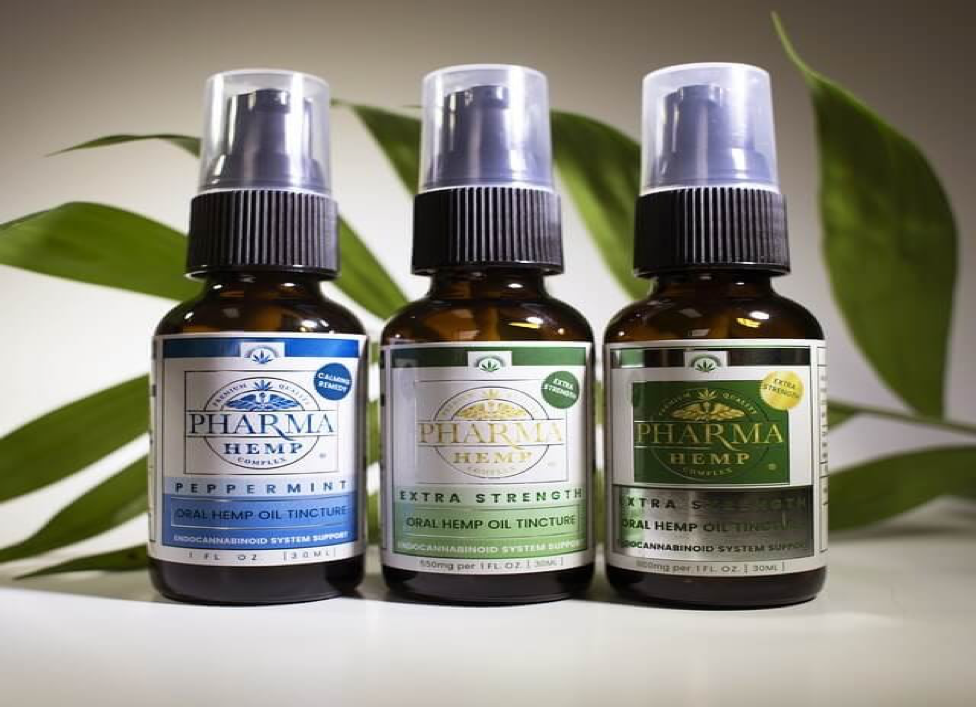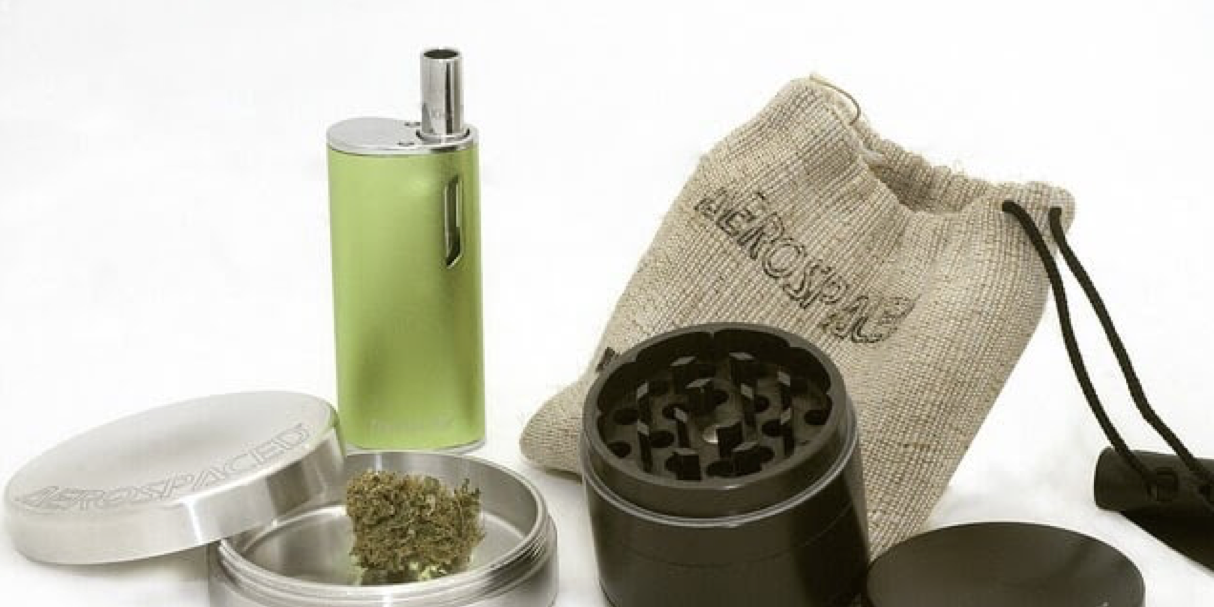Today, there is a growing demand for CBD extracts because of their proven medicinal and cosmetic benefits to both humans and animals. While many people are aware that Hemp Oil comes from the cannabis Sativa plant, very few know exactly how it’s extracted.
There are multiple methods of CBD extraction. Knowing the best method to extract CBD oil is vital since each one has its pros and cons, which directly impact quality, and some methods are more effective and safer than others.
Cannabidiol (CBD) is among the naturally occurring compounds found in the cannabis plant. Both marijuana and hemp contain CBD. However, unlike hemp, marijuana has high levels of THC, which is a high-inducing element. Therefore, most CBD products are commonly made from the hemp plant.
This article explores how to extract CBD from hemp and the pros and cons of the different extraction methods.
EXTRACTION METHODS
Here are the most popular CBD extraction methods:
· Carbon Dioxide (CO2)
The use of pressurized carbon dioxide is currently one of the most advanced and commonly used methods of CBD extraction. Since CO2 has unique properties that allow it to function in liquid, gas, and solid states of matter, it becomes ideal for this process.
A closed-loop system of extraction is used to produce cannabis concentrates. The process begins with a solid piece of CO2, which is then pumped into the second chamber that has the cannabis material. The chamber is kept at a specific temperature and pressure conditions to allow CO2 to stay in a liquid state and absorb the flavors and the oils. Then, this mixture is pumped into the third chamber, where CO2 is allowed to return to a gas state and thus separate from the oil and flavors.
The two main types of CO2 extraction include supercritical and subcritical. The subcritical method involves exposing the CO2 to low temperatures and low pressure. The supercritical method, on the other hand, is when the product is extracted at a high temperature and high-pressure conditions.
The subcritical method takes a more extended period and results in much smaller yields than the supercritical one. While the subcritical method retains the terpenes, essential oils, and other temperature-sensitive chemicals, the supercritical methods damage the terpenes and heat sensitive chemicals. The latter causes thermal degradation to the oils resulting in chlorophyll extraction. In contrast, the former has lower solvency power, which helps extract only lighter oils, thus leaving behind resins, lipids (omega 3 and omega 6), paraffin, and waxes.
One of the main advantages of CO2 extraction method is that it’s the cleanest method and it produces incredibly pure products compared to other methods.
· Liquid Solvents
Another way of extracting Hemp Oil is the use of solvents like ethanol, propane, butane, methane, and alcohol. This method involves dissolving the plant to extract the cannabinoids.
The liquid solvent process begins with placing the plant trimmings and flowers into a container. Then, the solvent is soaked or allowed to run through the plant materials to strip it off of the cannabinoids. Finally, the solvent is evaporated to leave behind the cannabinoids in an oil form.
The method is the least expensive and is quite easy to do, but it has several downsides. One of its disadvantages is that it is hazardous as the contents of the liquids are highly flammable. The solvent residue is toxic if it is not eliminated during the evaporation method.

It may also have several impurities and chlorophyll, which makes the end products have a bitter taste and gives it a greenish tinge too. Research also shows that the CBD product may as well contain traces of naphtha hydrocarbons or petroleum residue.
· · Oil Infusion
Oil infusion is an ancient technique for extracting CBD oil. It is an effortless method that many home producers and growers still use up-to-date.
The first step is to decarboxylate the plant material, which involves heating it to a specific temperature to activate its compounds. The next step is adding it to olive oil or similar carrier oil and boiling it at 100 degrees Celsius for one to two hours.
This method has several downsides, including that you cannot evaporate the olive oil, and thus you must use a lot more Hemp Oil to achieve the same effects.
PURIFICATION METHODS
To obtain the Hemp Oil in its purest forms, you can further use two conventional methods. They include:
1. Winterization Process
Winterization is a vital part of harvesting high-quality CBD oil. It involves the removal of undesirable elements from the oil so that you can make it pure.
Once you have the CBD isolate, you mix it with 200-proof alcohol(100)ethanol and then deep-freeze it for 12 hours. Then, after the time elapses, run it through a filter to remove the fats and other such substances.
After getting the desired oil quality, heat the mixture to the alcohols’ boiling point (which is lower than the boiling point of the CBD. The alcohol will evaporate, leaving the pure Hemp Oil behind.
2. Short Path Distillation Process
To further refine the oil, you can run it through the short path distillation process. Since different compounds have different boiling points, this process thrives on the fact that you can gradually heat the Hemp Oil mixture until the undesired substances that have a lower boiling point than the oil itself boil off.
To do this, you need to have the short path distillation system in place. When heating the mixture, the vapors produced travel through a distillation tube until they reach the cooling coils where they then condense. After condensation, they drip down into a separate collection vessel. This process continues until you obtain pure CBD oil.
Bottom Line
Different extraction methods produce different end-products in terms of contents, purity, and quality. Research and technology continue to improve on these methods and with time, we will get even better and efficient ones. Educating yourself on the best process is vital and with this piece, you are set in the right direction.







